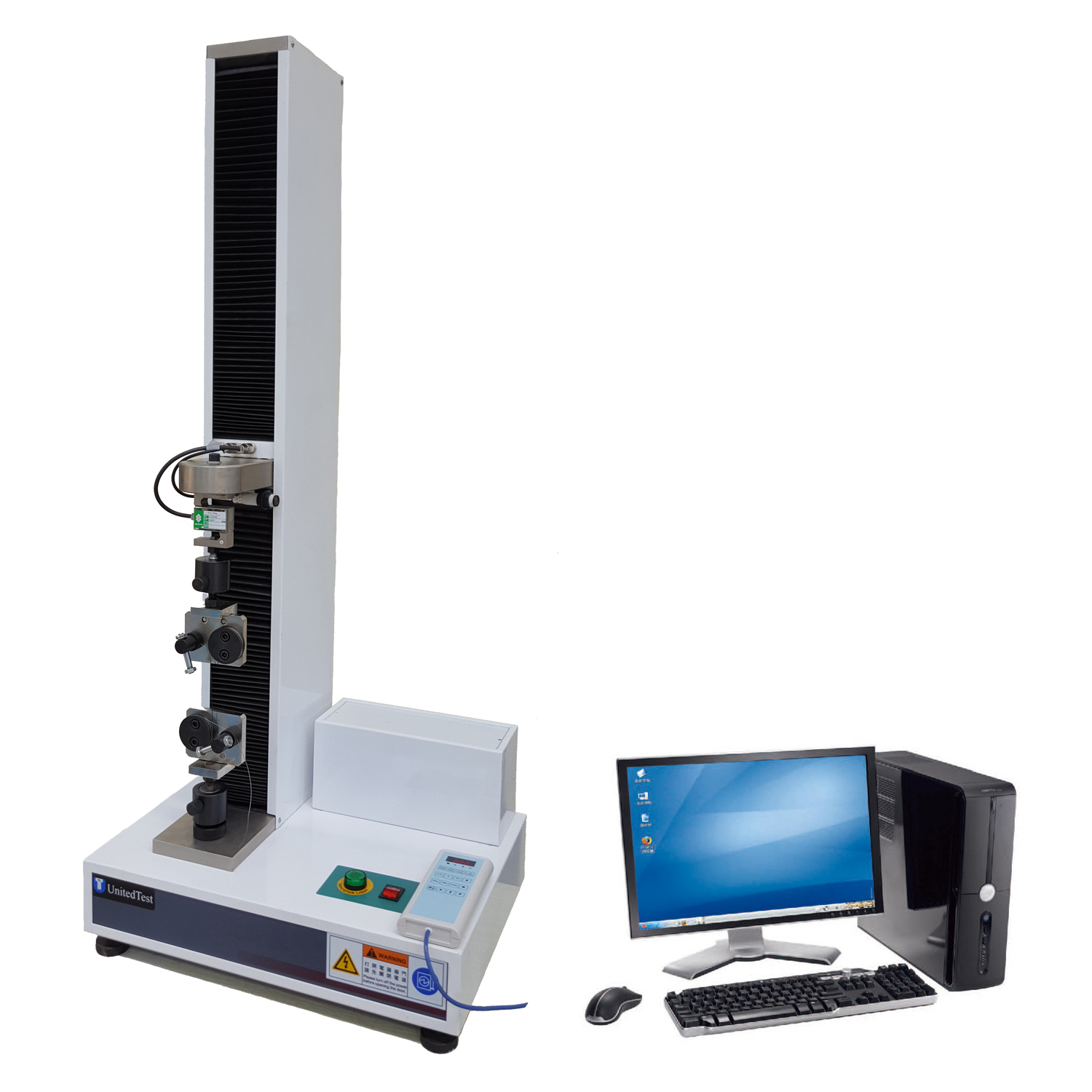ASTM D1003 Haze Meter/Transmission and Haze testing Method for Haze and Luminous Transmittance of Transparent Plastics
ASTM D1003 Standard Test Method for Haze and Luminous Transmittance of Transparent Plastics
This test method covers the evaluation of specific light-transmitting and wide-angle-light-scattering properties of planar sections of materials such as essentially transparent plastic. Two procedures are provided for the measurement of luminous transmittance and haze. Procedure A uses a hazemeter as described in Section 5 and Procedure B uses a spectrophotometer as described in Section 8. Material having a haze value greater than 30 % is considered diffusing and should be tested in accordance with Practice E2387.
4.1 Light that is scattered upon passing through a film or sheet of a material can produce a hazy or smoky field when objects are viewed through the material. Another effect can be veiling glare, as occurs in an automobile windshield when driving into the sun.
4.2 Although haze measurements are made most commonly by the use of a hazemeter, a spectrophotometer may be used, provided that it meets the geometric and spectral requirements of Section 5. The use of a spectrophotometer for haze measurement of plastics can provide valuable diagnostic data on the origin of the haze,4 and Procedure B is devoted to the use of a spectrophotometer.
4.2.1 Procedure A (hazemeter) test values are normally slightly higher and less variable than Procedure B (spectrophotometer) test values.

For more information or details, please contact us:
Email: export@unitedtest.com
whatsapp: +8613911165373
UnitedTest ASTM D1003 Haze Meter/Transmission and Haze testing instrument












